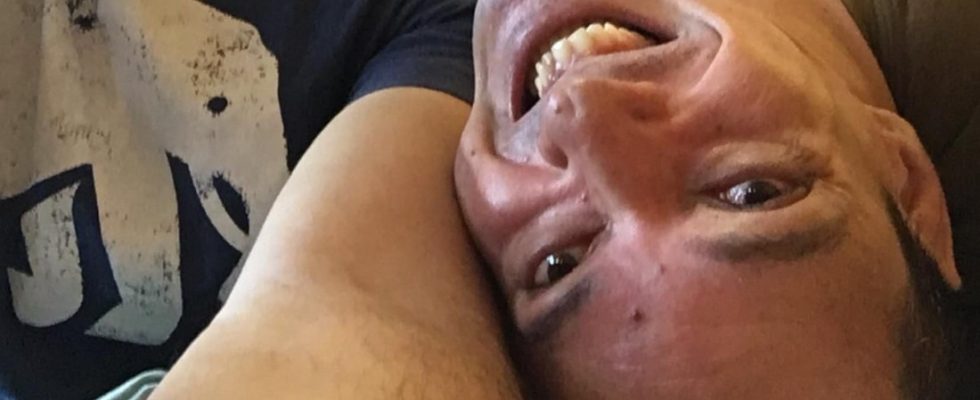For Claudio the world is upside down, every day. The 42-year-old was born with an extremely deformed spine due to a joint disease. That’s why he wears his head bent backwards by 180 degrees – as if he were putting it far back on his neck. Therefore, he sees everything around him upside down. With his unique view of the world, the tax advisor has now helped science understand why people are usually so bad at looking at the world upside down.
Recognizing and recognizing faces is what the human mind excels at – after all, it is extremely important to know whether you are being watched, possibly attacked, or whether you have had good or bad experiences with a person. However, the outstanding ability to recognize faces only applies as long as the faces are aligned the way they have been since humans invented the upright walk. When photos of faces are held upside down, the excellence of the human spirit collapses dramatically.
But why is that so? Is it just a matter of habit because people usually see faces upright? Or is it due to a special circuit in the brain that has developed over the course of evolution? There is evidence for both possibilities. This is what newborn babies show Studies have shown a preference for upright faces, even though they have almost no visual experience with humans – this suggests that evolution plays a role. But other studies show that experience should not be neglected either, because test subjects become better at recognizing faces turned upside down, if you practice it on the computer.
The two possible causes cannot be easily separated because people are always subject to both – habit and what their ancestors have passed on to them. But of course what applies to other people does not apply to the young man with the spinal deformity. Ever since he learned to sit on his knees and walk as an eight-year-old, he has generally seen the faces of the people he interacts with upside down. His habituation to faces is fundamentally different than that of other people. For him, a picture by Georg Baselitz, who likes to paint people upside down, is a reflection of reality, a completely normal portrait.
Claudio with a scientist during facial recognition tests in his home
(Photo: Brad Duchaine)
Neuroscientists led by Brad Duchaine from Dartmouth College in New Hampshire carried out three different types of tests with the man, whom they introduced only by his first name. They compared his abilities to those of people who carry their heads in an ordinary way: all subjects were asked to find faces in black and white silhouettes – upright and upside down; They were also asked to assess whether faces from slightly different perspectives were the same person – again, some of the faces were shown upright and some were turned upside down; and finally it was examined to what extent the test subjects were subject to the “Thatcher illusion”. This describes an effect that has been known since 1980, according to which people immediately notice when the eyes and mouth have been rotated 180 degrees in a normal photo, while they have difficulty or not at all seeing this in a photo that has been turned upside down. The test was originally done using a photo of former British Prime Minister Margaret Thatcher, hence the name.
Claudio has no problems with faces turned upside down
In fact, unlike other people, Claudio had no problem identifying faces held upside down. But he also had no problem with ordinary illustrations, like neuroscientists currently in the science journal iScience to report: When it came to recognizing faces and recognizing them, it made almost no difference to him which way the pictures were shown to him.
“This suggests that both experience and evolution play a role in facial recognition,” says Brad Duchane. While life experience and the evolutionarily inherited cerebral convolutions of healthy people ensure that they cope better with upright faces, experience teaches Claudio to recognize upside-down faces, while his evolutionary inheritance also enables him to recognize upright faces well.
Incidentally, Claudio also did exceptionally well with inverted faces in the Thatcher test compared to the other test subjects. The researchers cannot really explain why this is the case. They assume that experience is more important than natural inheritance for this task because it is a very artificial test that plays no role in people’s lives. Completely different visual processes than those used in facial recognition may also play a role. They want to pursue this in further studies – with Claudio’s help.

